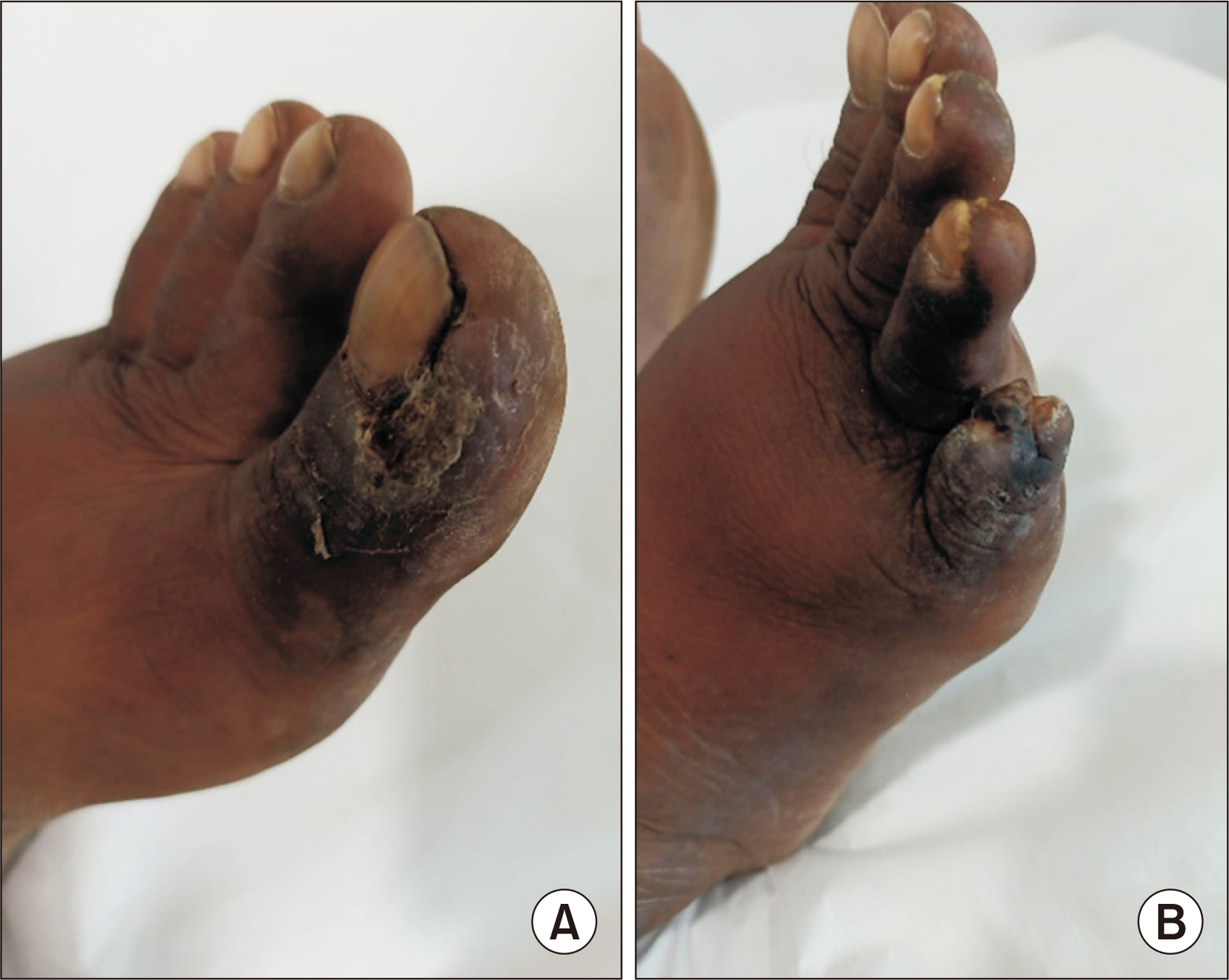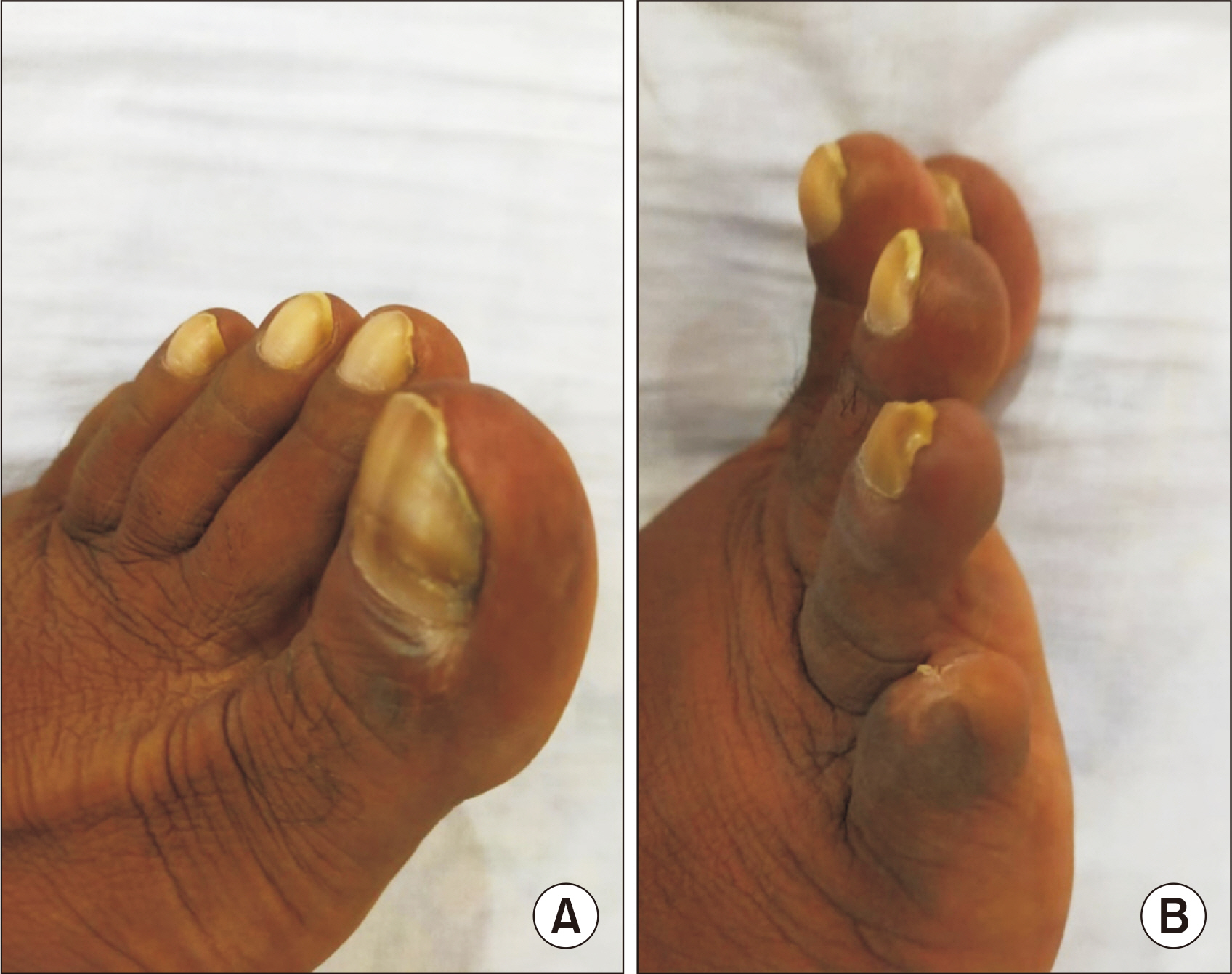Korean J Transplant.
2023 Dec;37(4):310-312. 10.4285/kjt.23.0050.
Sirolimus-induced leukocytoclastic vasculitis
- Affiliations
-
- 1Department of Nephrology and Transplantation, Alexis Hospital, Nagpur, India
- 2Department of Nephrology and Transplantation, Shri Balaji Institute of Medical Sciences, Raipur, India
- 3Radiance Skin Anti-aging and Hair Transplant Clinic, Nagpur, India
- KMID: 2550244
- DOI: http://doi.org/10.4285/kjt.23.0050
Figure
Reference
-
1. Fiorentino DF. 2003; Cutaneous vasculitis. J Am Acad Dermatol. 48:311–40. DOI: 10.1067/mjd.2003.212. PMID: 12637912.2. Hardinger KL, Cornelius LA, Trulock EP 3rd, Brennan DC. 2002; Sirolimus-induced leukocytoclastic vasculitis. Transplantation. 74:739–43. DOI: 10.1097/00007890-200209150-00025. PMID: 12352895.3. Pasqualotto AC, Bianco PD, Sukiennik TC, Furian R, Garcia VD. 2004; Sirolimus-induced leukocytoclastic vasculitis: the second case reported. Am J Transplant. 4:1549–51. DOI: 10.1111/j.1600-6143.2004.00513.x. PMID: 15307846.
- Full Text Links
- Actions
-
Cited
- CITED
-
- Close
- Share
- Similar articles
-
- Warfarin-induced Leukocytoclastic Vasculitis
- A Case of Leukocytoclastic Vasculitis Induced by Leuprolide Acetate
- Sibutramine (Reductil(R))-Induced Cutaneous Leukocytoclastic Vasculitis: A Case Report
- A Case of Leukocytoclastic Vasculitis Following COVID-19 Vaccination
- A Case of Leukocytoclastic Vasculitis Associated with Pulmonary Tuberculosis



